Californians have fundamentally altered many of the state’s rivers and streams with dams, pipes, and diversions, and the State is home to some of the world’s most complex water delivery projects. As an unfortunate consequence, habitat for many freshwater species has been degraded or destroyed.
But, is it necessary to tradeoff the freshwater needs of birds, fish, and other species against the needs of farms and cities? Could freshwater flows be managed to better mimic the dynamics of their unimpaired past, dynamics to which native species have adapted and need to persist? And how should climate change considerations be incorporated into water management, to enhance the resilience of freshwater systems for both people and nature?
Our science is focused on tackling these questions.
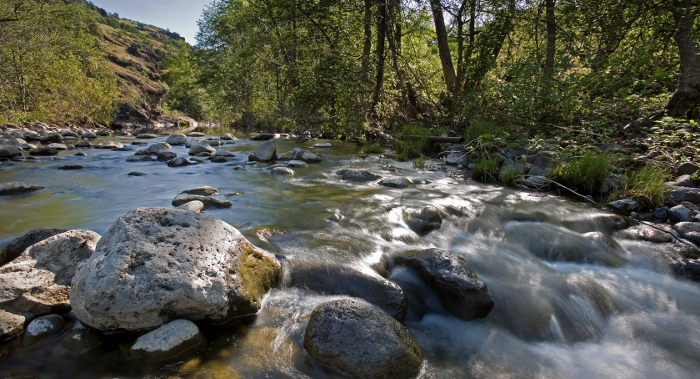
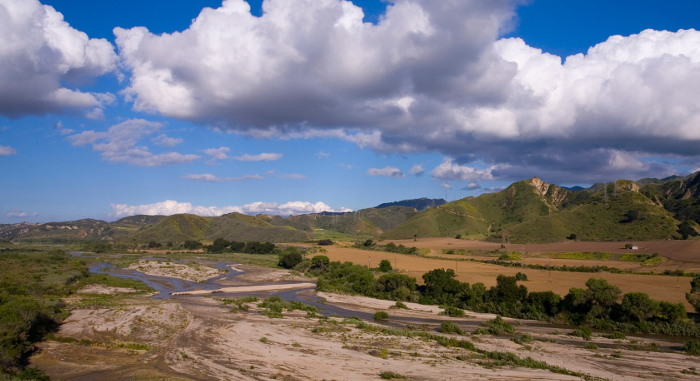
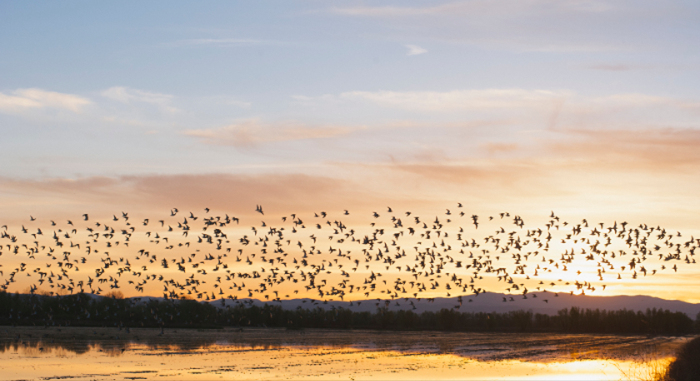
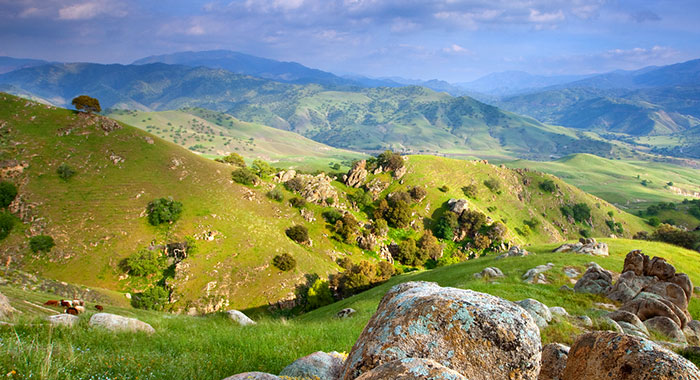


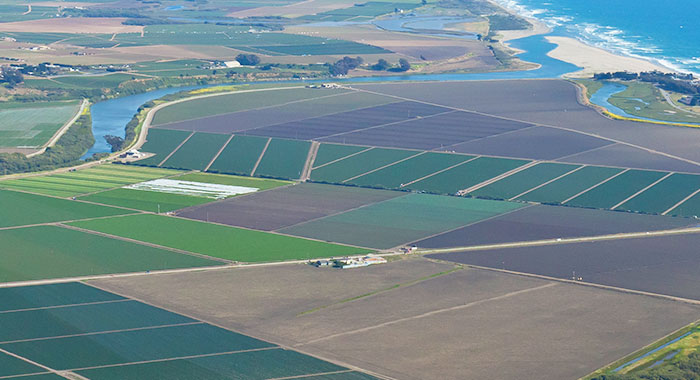

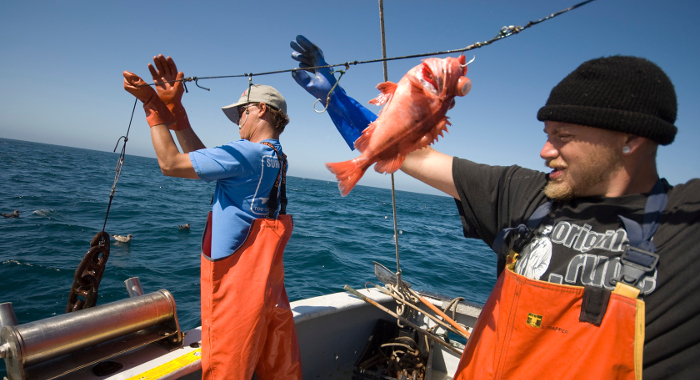
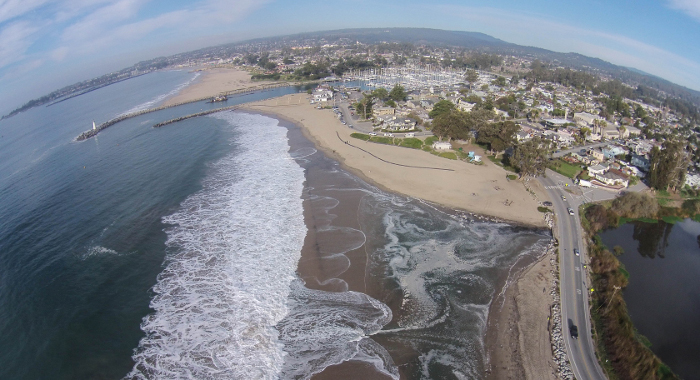

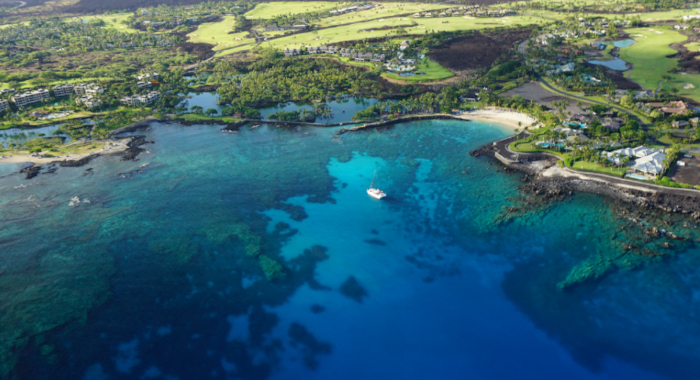
Luke Caldwell, Victoria J. Bakker, T. Scott Sillett, Michelle A. Desrosiers, Scott A. Morrison, Lisa M. Angeloni
The Island Scrub-Jay is the only island restricted bird species in the continental U.S. This study presents findings of a comprehensive breeding ecology study, aimed at elucidating demographic…Butterfield, H.S., D. Cameron, E. Brand, M. Webb, E. Forsburg, M. Kramer, E. O’Donoghue, L. Crane
The Western San Joaquin Valley Least Conflict Solar Energy Assessment characterizes the land use constraints and opportunities associated with siting solar energy facilities in the Western San Joaquin…Butterfield, H.S., D. Cameron, E. Brand, M. Webb, E. Forsburg, M. Kramer, E. O’Donoghue, L. Crane
A Conservancy analysis of the western Mojave Desert identified where human activities had degraded the conservation value of lands making them potentially low impact locations for development of solar…Gennet, S., J. Howard, J. Langholz, K. Andrews, M.D. Reynolds, S.A. Morrison
This paper discusses the 2006 outbreak of toxic foodborne E. coli and its impact on wildlife. The authors explain how farming practices for food safety that target wildlife can damage ecosystems but…Gleason M, Feller EM, Merrifield M, Copps S, Fujita R, Bell M, Rienecke S, Cook C
On the Central Coast of California, The Nature Conservancy, Environmental Defense Fund, local fishers and local, state, and federal authorities worked collaboratively to protect large areas of the…Jeanette Howard, Kirk Klausmeyer, Kurt Fesenmyer
Californians face profound decisions regarding the management of their state’s increasingly limited water supply. Critical for decision-making is information about the plants and animals that…Darci Palmquist, Mary Gleason, Matt Merrifield
Emily Saarman, Mary Gleason, John Ugoretz, Satie Airamé, Mark Carr, Evan Fox, Adam Frimodig, Tom Mason, Jason Vasques
This paper explores four key conditions that supported the successful integration of science into the Marine Protected Area network planning effort in California. The redesigned statewide network of…Mary Gleason, Evan Fox, Susan Ashcraft, Jason Vasques, Elizabeth Whiteman, Paulo Serpa, Emily Saarman, Meg Caldwell, Adam Frimodig, Melissa Miller-Henson, John Kirlin, Becky Ota, Elizabeth Pope, Mike Weber, Ken Wiseman
This paper reviews the design of a network of marine protected areas (MPAs) in state waters as mandated by the Marine Life Protection Act (MLPA). A public–private partnership (the MLPA…Evan Fox, Melissa Miller-Henson, John Ugoretz, Mike Weber, Mary Gleason, John Kirlin, Meg Caldwell, Sonke Mastrup
In California, after two unsuccessful attempts, statewide planning of a network of marine protected areas (MPA) was achieved through the California Marine Life Protection Act (MLPA) Initiative. This…John Kirlin, Meg Caldwell, Mary Gleason, Mike Weber, John Ugoretz, Evan Fox, Melissa Miller-Henson
This paper reviews how recommendations developed through the Marine Life Protection Act (MLPA) Initiative supported regulatory decisions by the California Fish and Game Commission to greatly expand…Evan Fox, Sean Hastings, Melissa Miller-Henson, Dominique Monie, John Ugoretz, Adam Frimodig, Craig Shuman, Brian Owens, Rebecca Garwood, Darci Connor, Paulo Serpa, Mary Gleason
This paper explores the strategies used to address policy issues that arose in marine protected area (MPA) planning process in California. The authors provide examples from six specific topic…Matthew S. Merrifield, Will McClintock, Chad Burt, Evan Fox, Paulo Serpa, Charles Steinback, Mary Gleason
This paper reviews the creation and use of MarineMap, a spatial decision support system that enabled stakeholder participation in designing marine protected areas (MPAs). The authors highlight why it…Evan Foxa, Eric Poncelet, Darci Connor, Jason Vasques, John Ugoretz, Scott McCreary, Dominique Monié, Michael Harty, Mary Gleason
This paper examines how differences in regional characteristics and lessons learned influenced three important elements of the stakeholder process of California's Marine Life Protected Area (MLPA)…